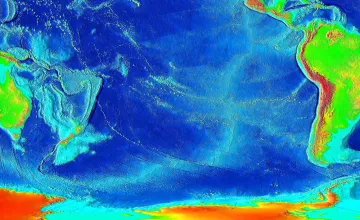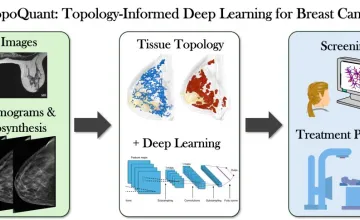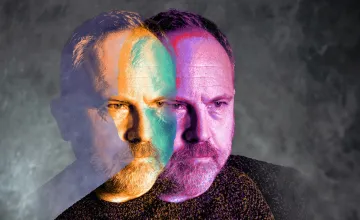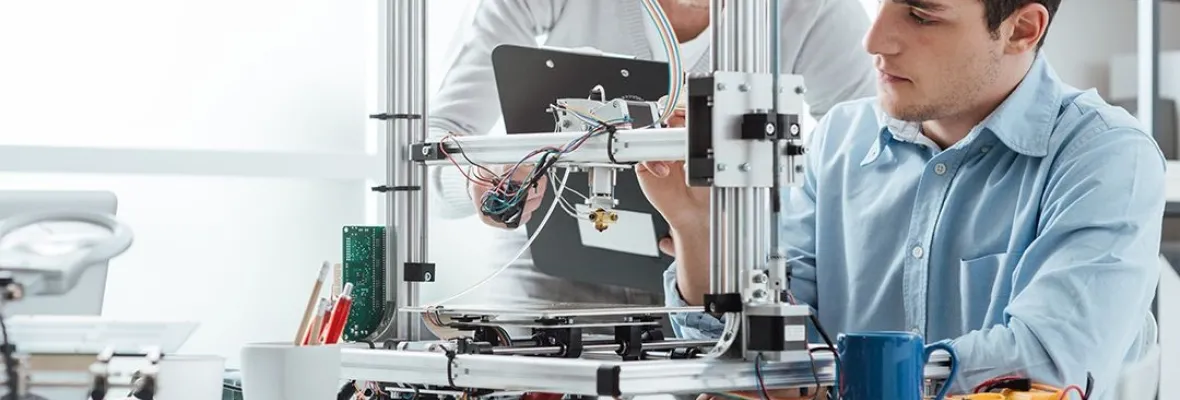AAU universities conduct a majority of the federally funded university research that contributes to our economic competitiveness, health and well-being, and national security. AAU universities are growing our economy through invention and innovation while preparing the next generation of scientists and engineers for global leadership. By moving research into the marketplace AAU universities are helping to create jobs, and provide society with new medicines and technologies.

UMD geologists uncovered evidence of a section of seafloor that sank into the Earth's mantle when dinosaurs roamed the Earth; it's located off the west coast of South America in a zone known as the East Pacific Rise.

Novel research supported by NCI could lead to more specific predictive disease models

A new University of Kansas study reveals parents seeking health care information for their children trust AI more than health care professionals when the author is unknown, and parents rate AI generated text as credible, moral and trustworthy.

Hypertension and amyloid plaques can separately cause dementia. Having both increases a person’s odds of developing cognitive decline, a new study finds
Explore More: University Research
You can filter stories by the university.
USC researchers have developed an algorithm that could help public health programs better locate and treat people with undiagnosed infectious diseases.
A University of Pittsburgh researcher has been researching new glass technology that aims to increase the light absorbed by solar panels to give them an extra energy boost.
New research on why the influenza vaccine was only modestly effective in recent years shows that your immune history with the flu has a lot to do with your response to the vaccine.
Researchers have shed light on a protein called AKT, which is ubiquitous in brain tissue and instrumental in enabling the brain to adapt to new experiences and lay down new memories.
A new login authentication approach could improve the security of current biometric techniques that rely on video or images of users’ faces.
